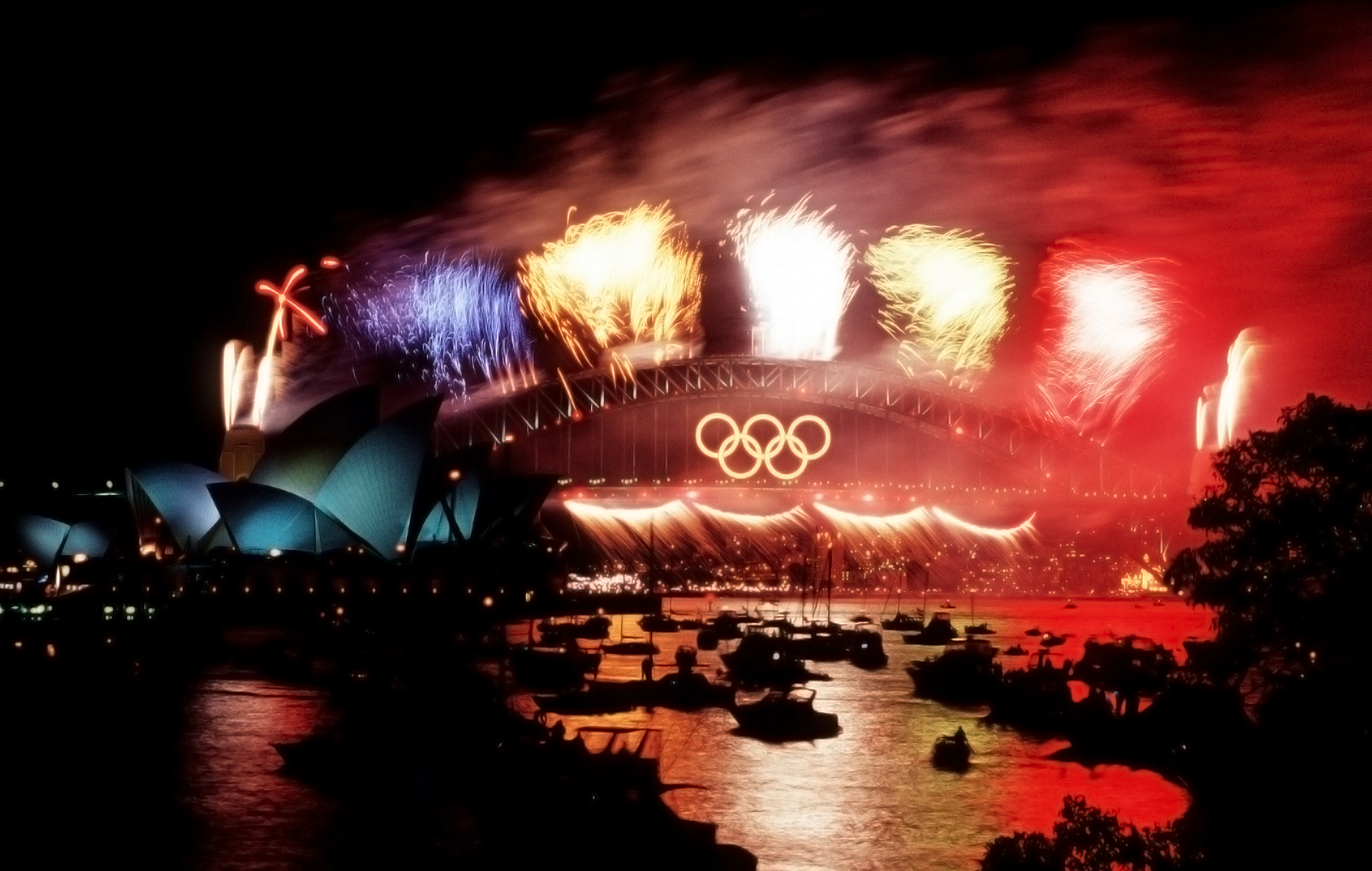
Many say that sport and politics should not mix, but they are more often than not inextricably tied.
Sometimes the co-mingling of the two is actively sought. The Olympic Games is set against a backdrop of the social, cultural and political environment in the host country, the competing nations and the relationships between nations.
In the years immediately after the Second World War, Australia had opened its arms to displaced persons (or refugees) from eastern bloc countries of Europe, as part of a significant post-war immigration program. The cohort of refugees was generally well-educated, cultured, multilingual – and it is not too strong a word to say that they hated the Soviet Union.
In 1956, the Soviet Union had controlled Hungary for seven years. It was a relatively benign relationship to begin with, to the point where, after the death of Stalin in 1954, many Hungarians started to believe a post-Communist future would happen sooner rather than later under the reformist talk of popular Hungarian Prime Minister, Imre Nagy.
They had not figured on Stalin’s successor, Nikita Khrushchev.
The Hungarian water polo team arrived in far-away Melbourne, dubbed the Friendly Games, in November 1956 to learn that, while they were travelling, what had started as an uprising in Budapest had ended in a brutal put-down by Soviet forces.
More than 3,000 of their compatriots had been killed. Nagy was arrested, tried in secret, and hanged for treason. Three countries – Spain, Switzerland and The Netherlands – boycotted Melbourne 1956 in protest at the Soviet invasion.
Hungary were the defending champions in men’s water polo. They had won the silver medal at London 1948 and the gold medal at Helsinki 1952. They had no trouble reaching the semi-final at Melbourne 1956. Their opponent? The Soviet Union. The scene was set.
The occasion drew a capacity crowd. As well as those who would ordinarily attend for the sake of seeing an Olympic event, it also included large numbers of Australia’s recent refugees from Hungary and other eastern bloc countries. The atmosphere was charged with hostility, anger, loss, frustration, sadness – all the emotions that come with being displaced from the country of your birth, never to return.
For the players, it felt like they were playing for the whole of Hungary.

They resolved not to lash out at their opponents, but to goad them. Many of the Hungarian team members could speak Russian fluently. In a sport that is among the toughest to play, this match was especially rough, with both teams giving as good as they got. With a few minutes to go, and with Hungary 4-0 up, the Soviet Union’s Valentin Prokopov struck Hungary’s star striker, Ervin Zador.
There was blood in the water.
Zador had to leave the pool, and the already impassioned crowd became more frenzied. Riot police were called to quieten things down.
Hungary was declared the winner and went on to the win the gold medal against Yugoslavia. Zador was unable to play due to the injury sustained in the semi-final.
At the end of the Melbourne 1956 Olympic Games, many of the team members sought asylum from the west, rather than return to a Soviet-controlled Hungary. Zador, the man whose face was beamed around the world with blood streaming from his face, became a swimming coach in the United States where, among others, he mentored 1972 Munich Olympian Mark Spitz to his seven gold medals.
In contrast to Hungary v Soviet Union at Melbourne 1956, Sydney 2000 brought two countries together – if only briefly – similarly divided by post-war communism.
In the years following the Second World War until 1953, North and South Korea had fought what was essentially a civil war, supported by their big brother allies of the Soviet Union and the US respectively. It ended on the signing of an armistice that created the Korean Demilitarized Zone that still exists today. There was, and is, no peace treaty.
When the two Koreas marched as one at the Sydney 2000 Opening Ceremony, the world was hopeful that it symbolized a new era of peace and cooperation in what was seen as a growing desire for détente from both sides.
North Korea and South Korea still competed separately, but they marched under the flag of a unified Korea, wearing the same uniform, and walked into the stadium hands joined. The arrangement was brokered by then International Olympic Committee President, Juan Antonio Samaranch.
Athletes and Olympic officials from both the North and South embraced it. They were met with a standing ovation by the capacity crowd at Stadium Australia. North Korean IOC delegate, Chang Ung, remarked that it was a good thing because “we are the same blood”.
Despite the initiative being warmly welcomed by so many in Korea and around the world, the two Koreas have not marched as one since.
By Jaimie Fuller
Republished with permission from insidethegames.biz.